Sake 101 with True Sake
Shops like True Sake in San Francisco offer knowledge and guidance to people interested in sake, whether looking for an inexpensive bottle to bring to a party or something special. Sake is unfamiliar to a lot of us, and experts like True Sake’s Beau Timken can help decode what the labels mean and the designations stand for.
There are various types of sake, just like there are types of wine. Sake type is determined by the amount of the rice grain that is polished away, all in the effort to reach the grain’s starchy core. True Sake has this handy reference guide and we’ve offered some info here as well.
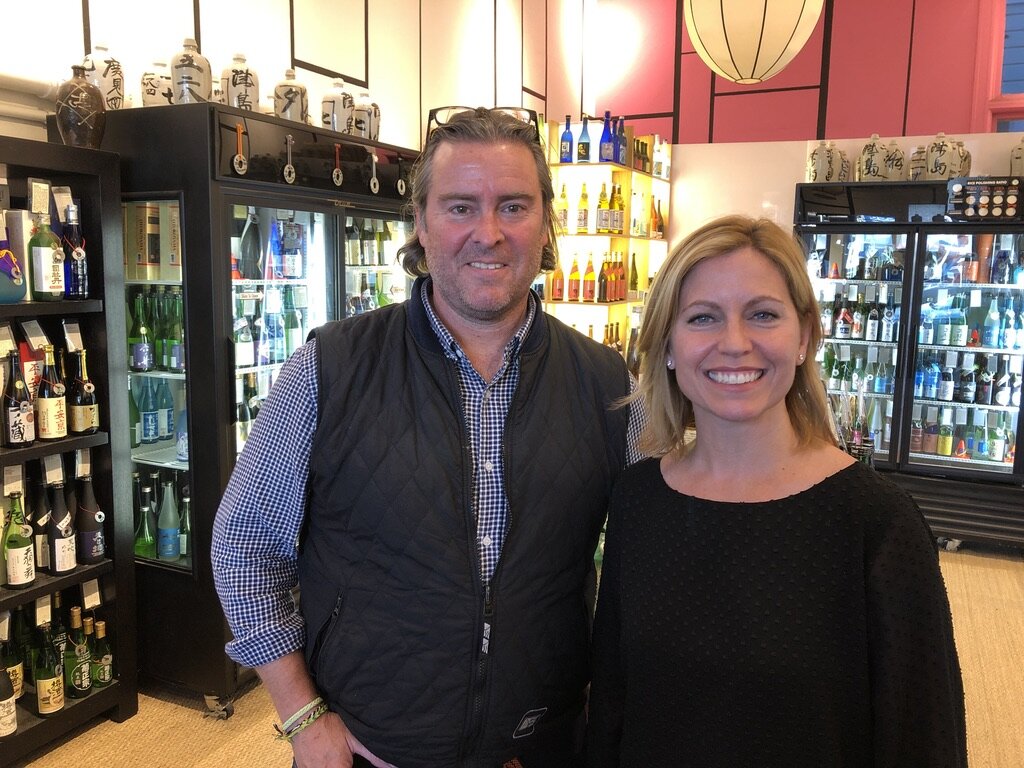
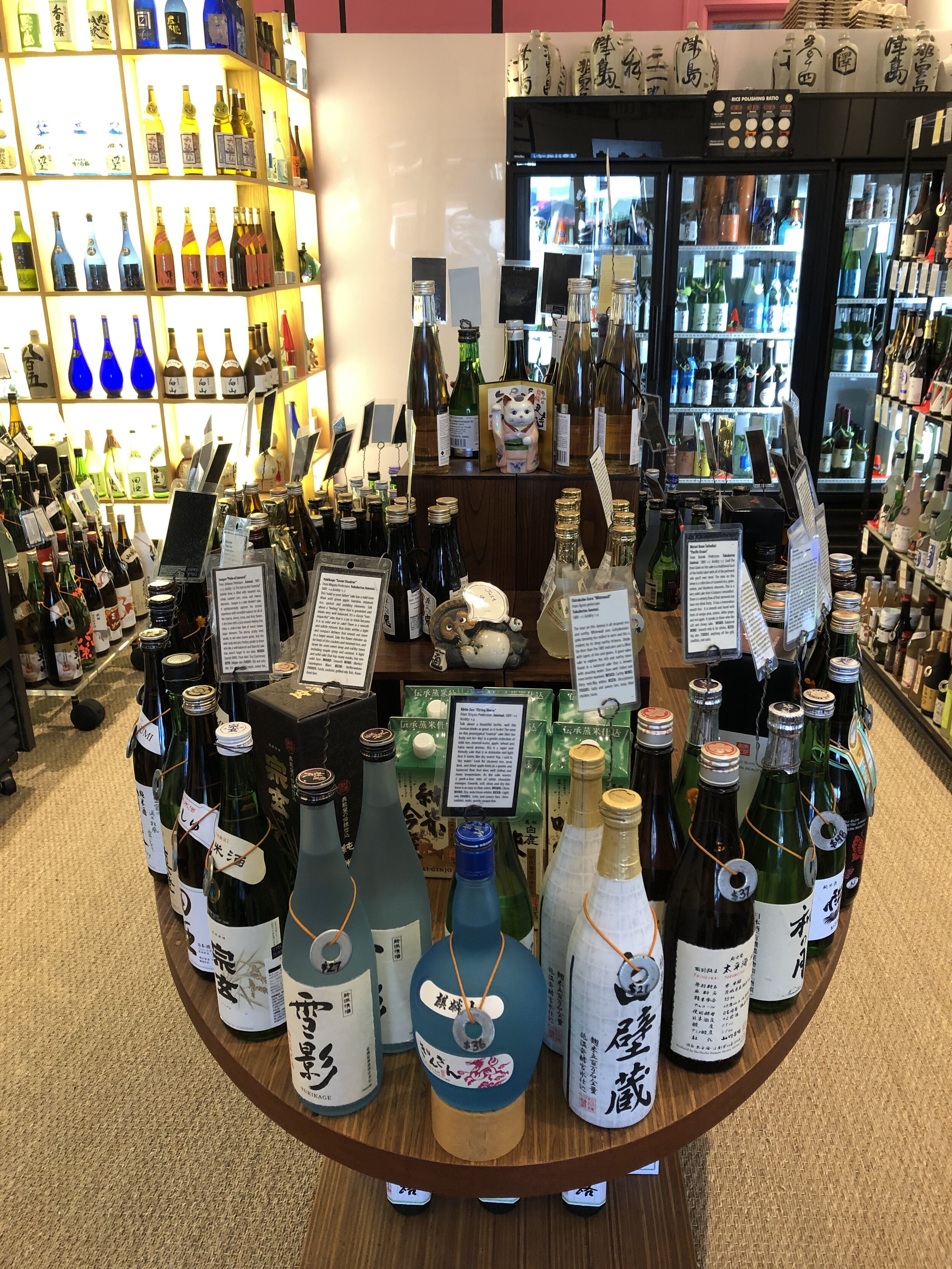
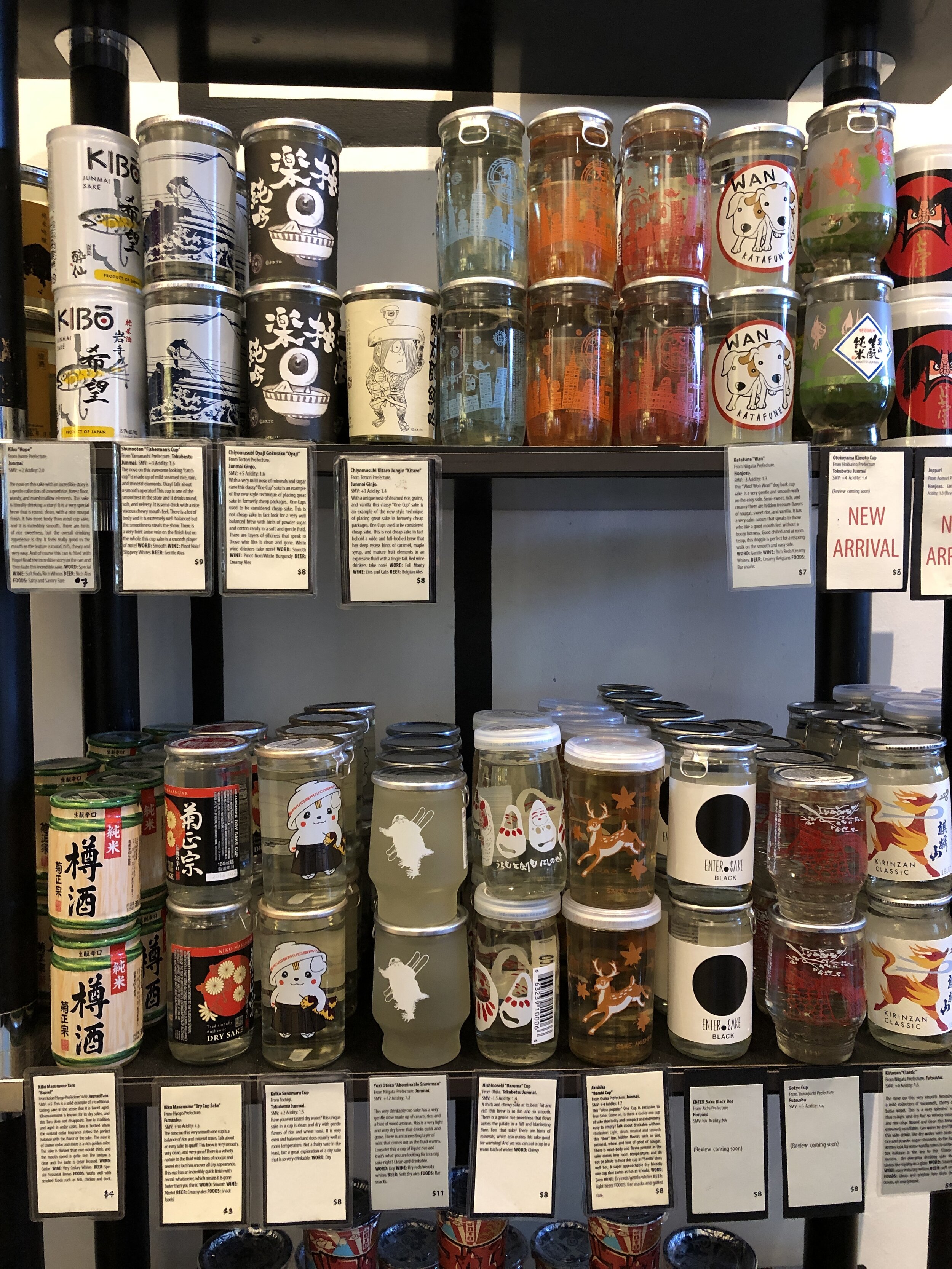
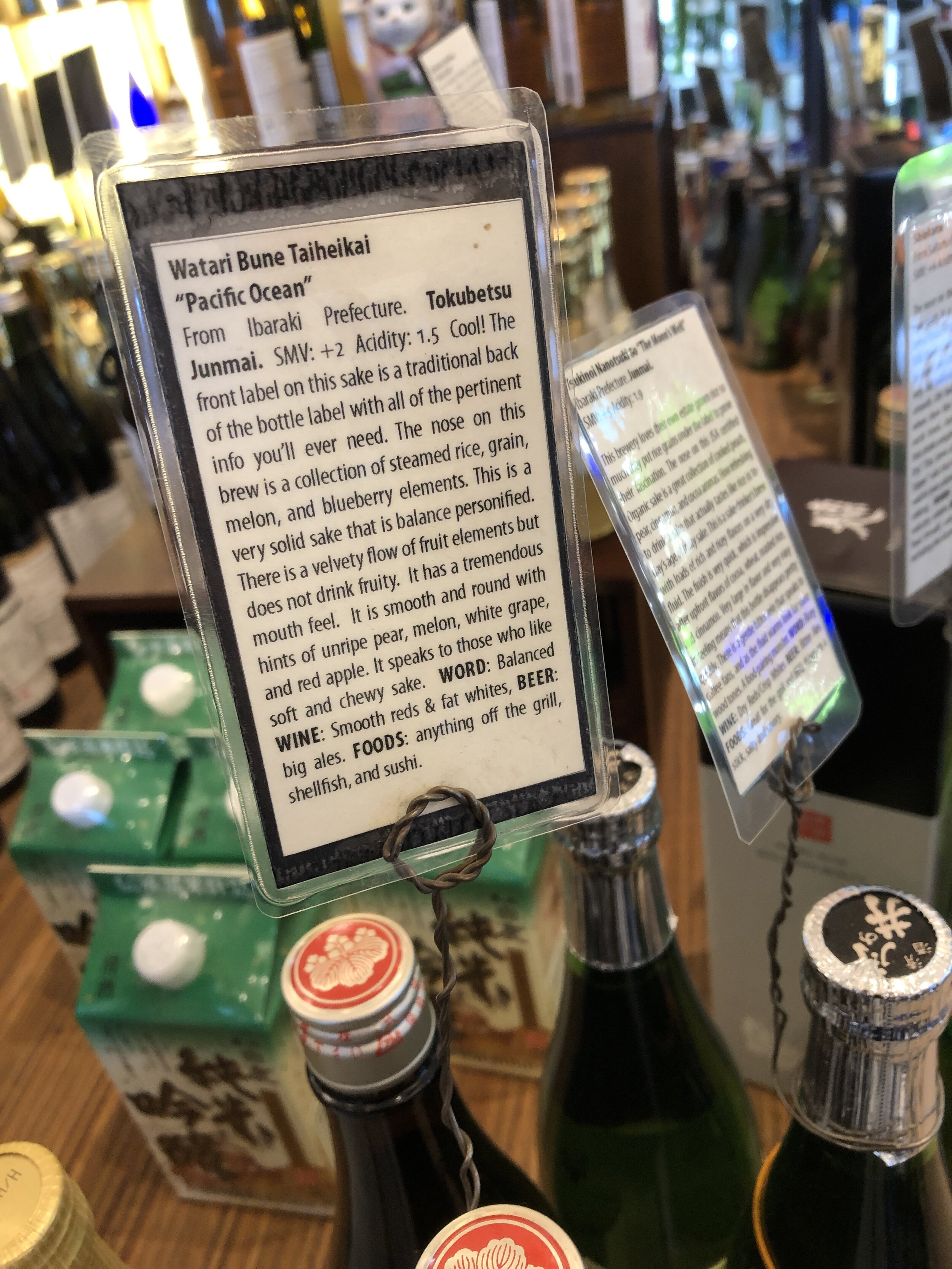
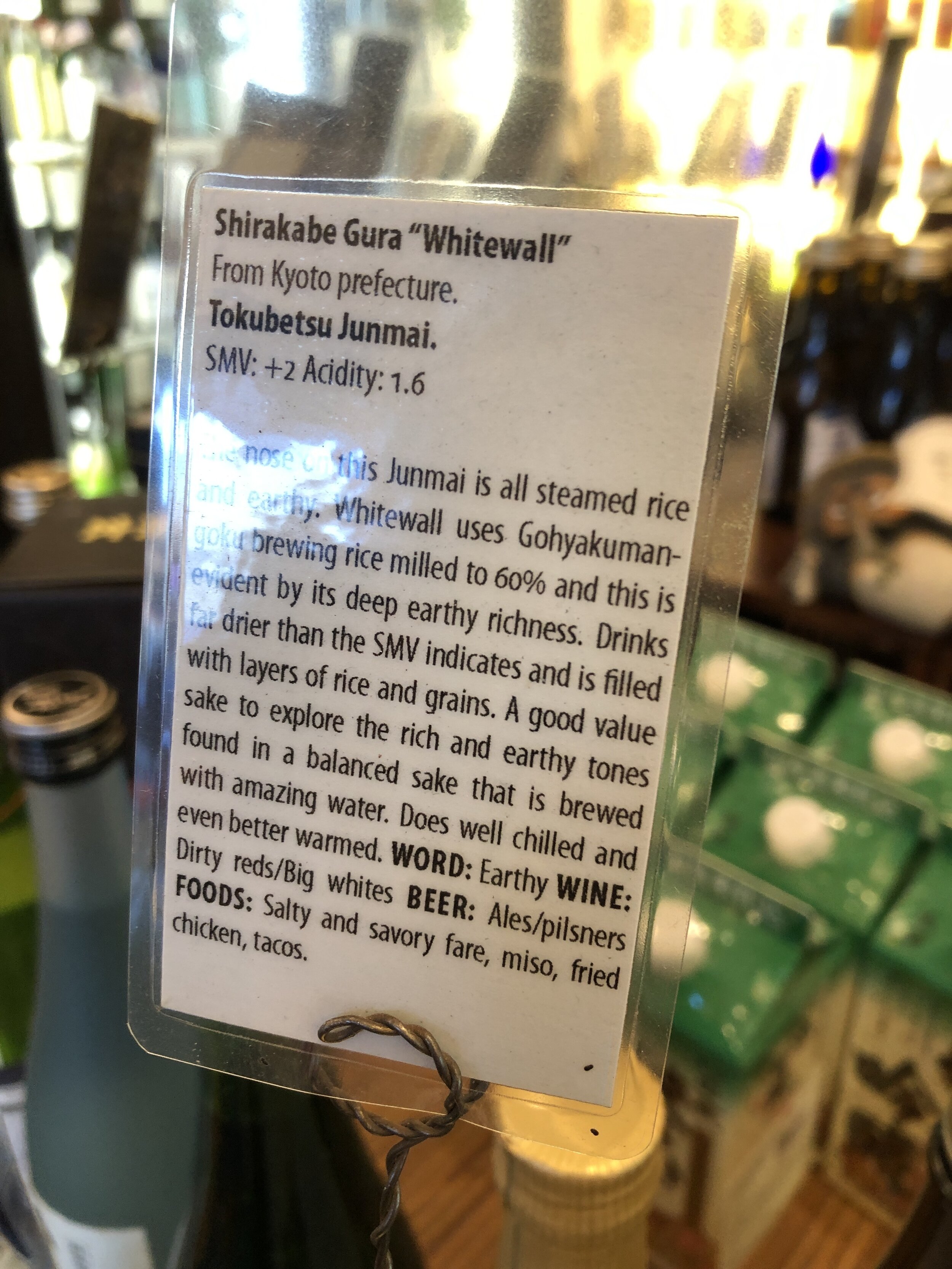
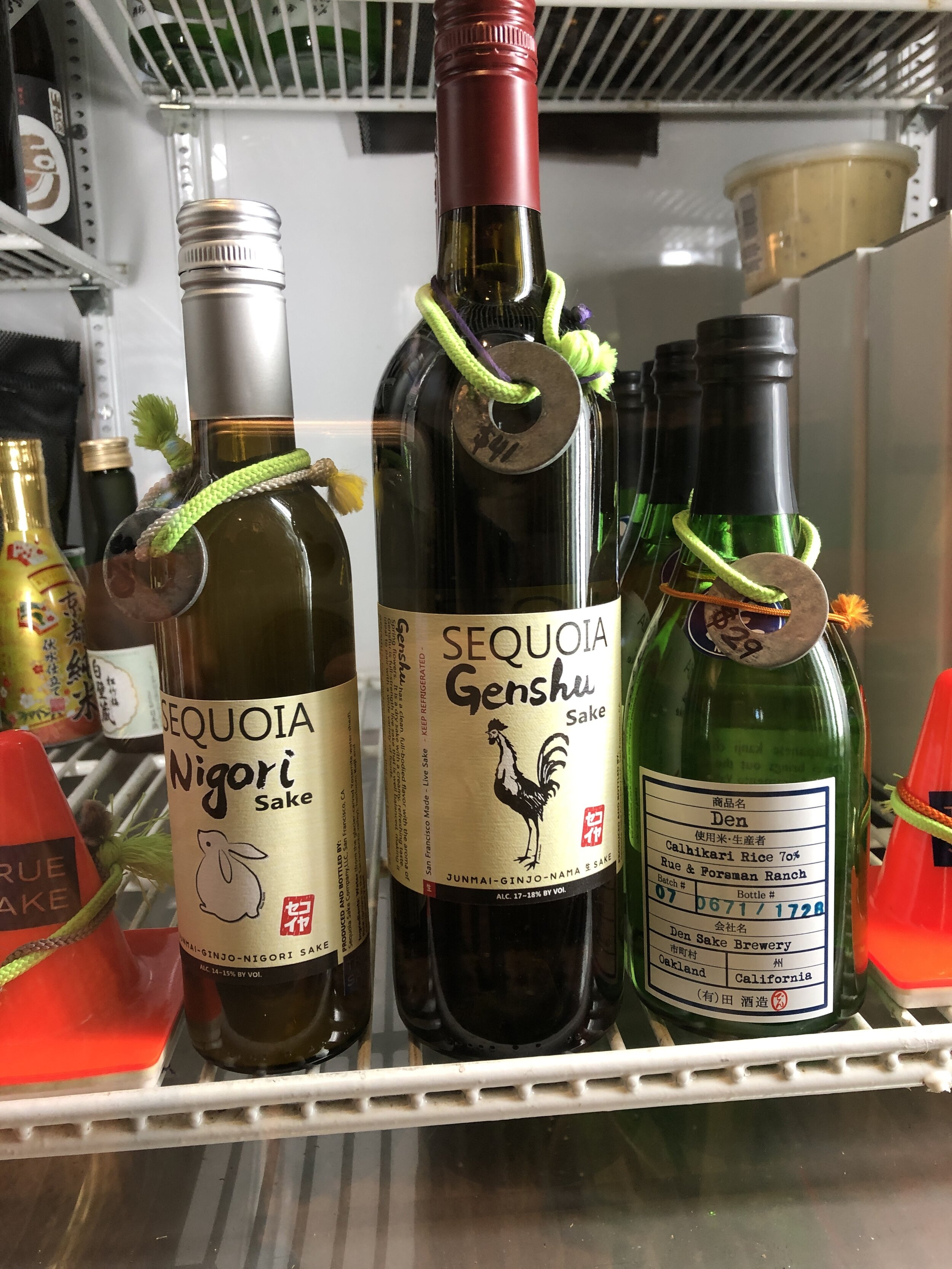
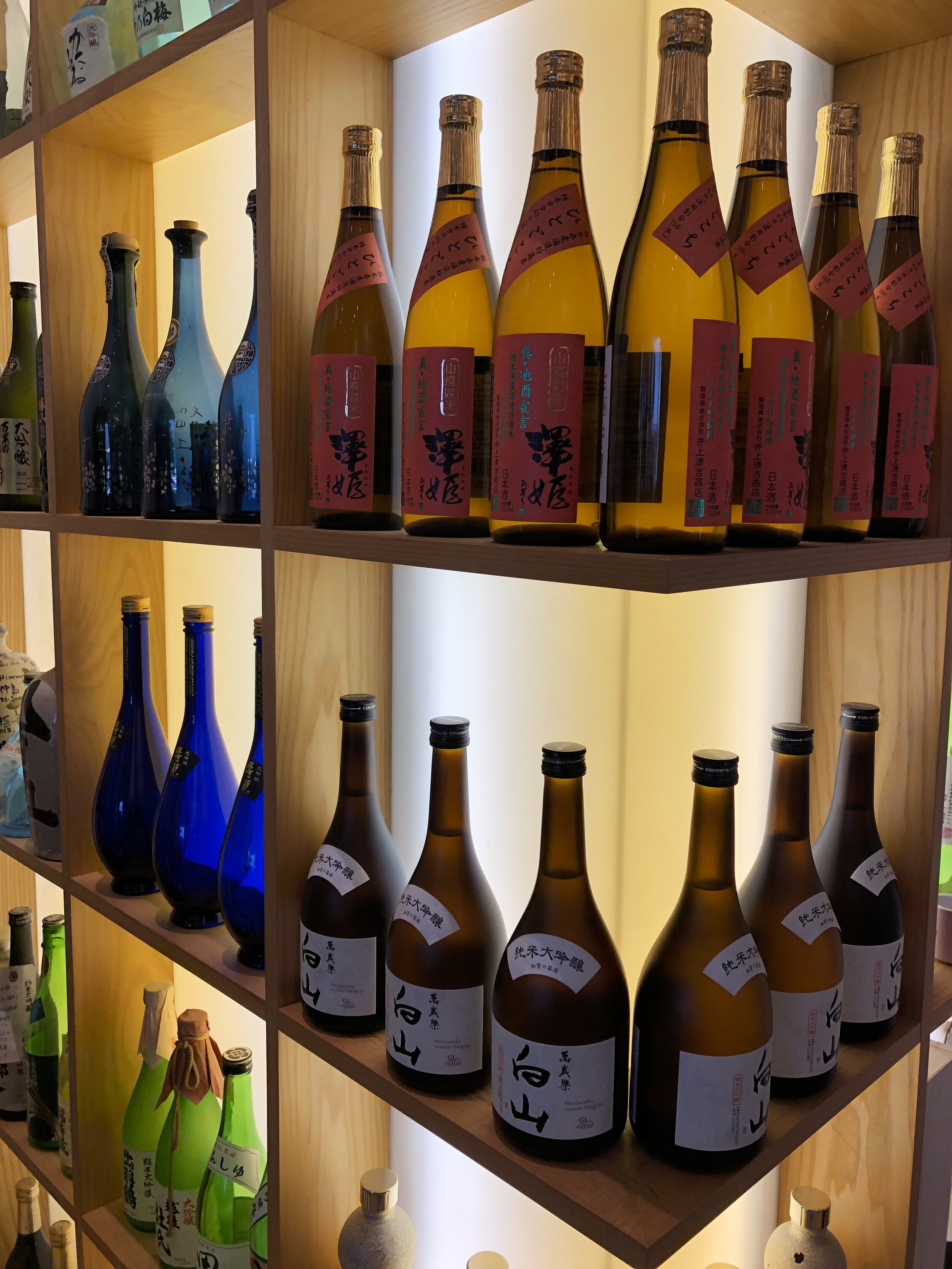
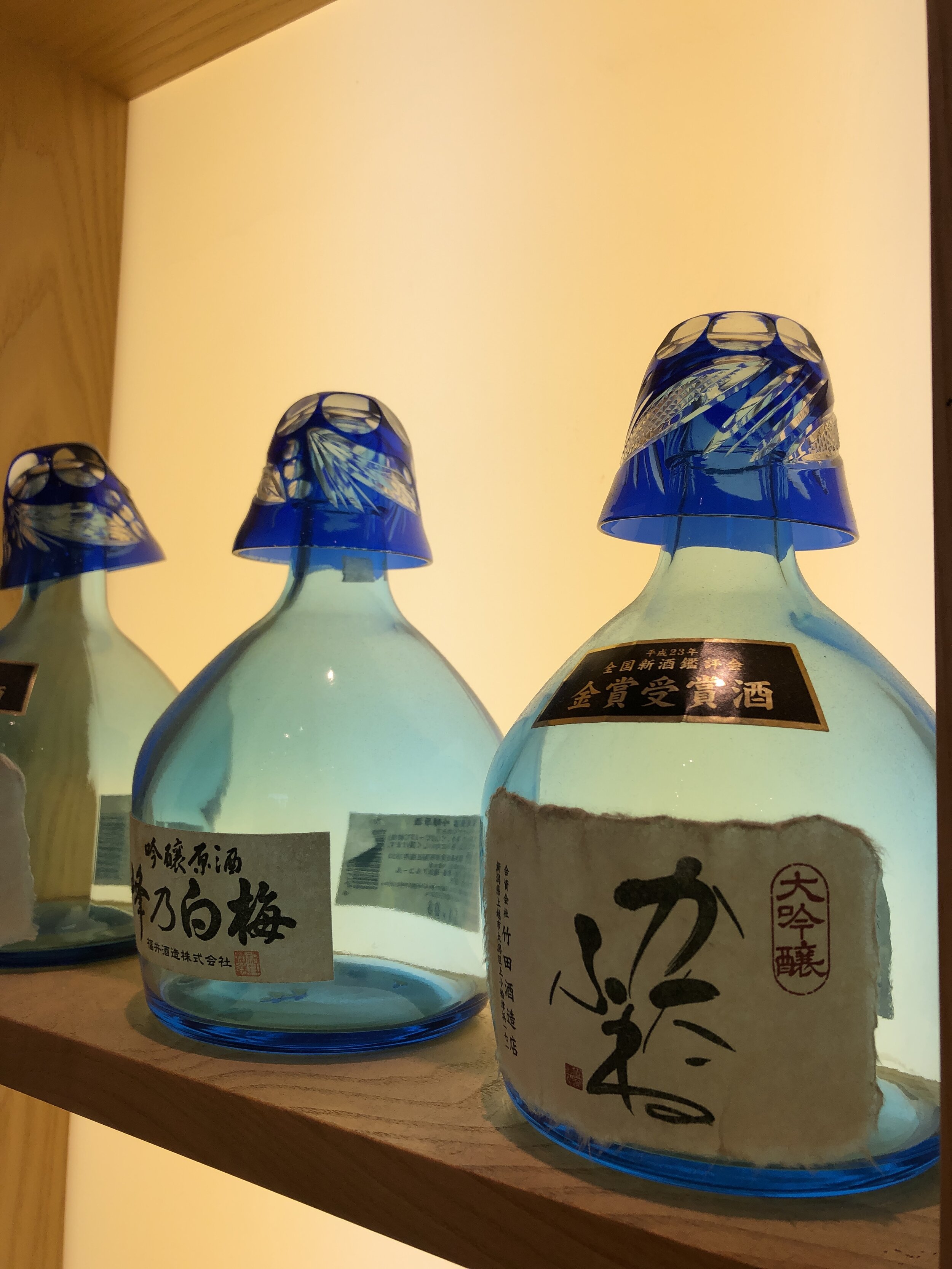

Junmai (this is the style that Yoshi makes at Den Sake): Nothing but rice, water and koji, with the rice milled so that 30 percent of the grain has been polished away. If you don’t see “junmai” on the label, then something else has been added to the sake, like distilled brewer’s alcohol.
Namazake (also a style Yoshi makes): This is unpasteurized sake. Any style of sake can be left unpasteurized.
Honjozo: Milled 30 percent, like jumnai, with a bit of distilled ethyl alcohol added. Water is added to balance the amount of alcohol. Lighter and brighter than junmai sake.
Ginjo: Milled 40 percent, so 60 percent of the rice grain remains. Fermented at lower temps and for a longer period of time than junmai sake resulting in complex flavor.
Dai Ginjo: Rice milled so 50 percent or more of the grain has been polished away. Fermented like ginjo sake, at lower temps and for a longer period of time. Very complex, aromatic flavor and aroma.
Junmai Ginjo and Junmai Dai Ginjo: This means that no alcohol has been added to sake made in the ginjo or dai ginjo styles.
Nigori: Unfiltered sake. This is sweeter and thicker than its filtered counterparts, with a milky appearance thanks to the rice particles left in the liquid.
To learn more about sake, check out Chowhound’s excellent primer on the subject.
True Sake
560 Hayes St., San Francisco, CA 94102
415.355.9555
